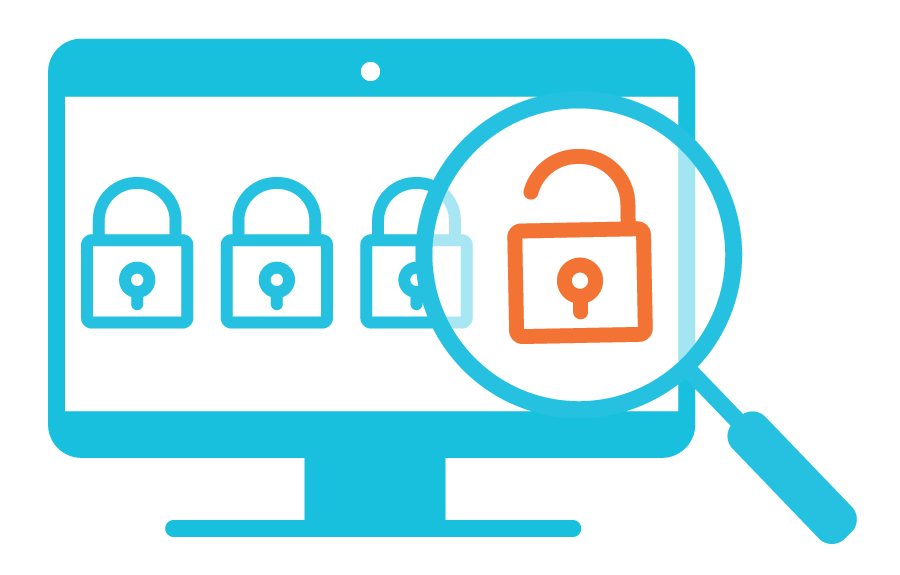
Ask any CIO when their organization last performed a vulnerability assessment and it likely wasn’t recent enough. Most organizations lack the internal IT resources and expertise to detect and prioritize the tens of thousands of unique vulnerabilities. These vulnerabilities can pave the way for cybercriminals to steal proprietary data, financial information and customer information.
Because organizations struggle to make time for regular security testing, 81% of victims don’t detect a breach on their own for an average of 3 months.
Even when organizations do carry out security testing on their own, they probably aren’t as effective as a third-party. Organizations need to know what they’re protecting, how it could be used if obtained by the wrong person and any weaknesses their network might have which would allow that information to be compromised. It takes a risk management expert to identify those areas and a security expert to identify and evaluate weak points. Many organizations are not equipped with the personnel to take on those tasks either due to skillset or staffing. Additionally, typical vulnerability assessments generate lots of pages but provide little actionable direction.
In addition to conducting testing in a timely manner, challenges that come with do-it-yourself security testing include:
- Making testing an efficient, business-as-usual initiative rather than an obstacle
- High quality testing across asset types
- Repeatability of testing and reporting
- Fulfilling compliance requirements
- Effectively managing multiple tests and re-testing
Proper security testing often requires a penetration test or “ethical hack.” An ethical hacker is used to identify vulnerabilities within an application or network, similar to how an actual hacker would attack an organization. The benefit to using an ethical hacker rather than do-it-yourself testing is the human component. DIY testing is often automated through software. An ethical hacker, on the other hand, is armed not only with the same tools as today’s cybercriminals, but they also use their own knowledge and experience to both validate for false-positives and determine the level of exploitability. This gives a more realistic look at an organization’s risk level and what would happen if a cybercriminal was able to gain access to their network. However, the real value of any vulnerability assessment is understanding what risks exist, what actions are available to mitigate those risks and how an organization should prioritize its resources to address them.
What many organizations don’t know is they can get a managed solution for less than doing it themselves. The crowd-sourced threat intelligence, reduced risk and predictable budget far outweigh fumbling through security testing on their own and allow staff to focus on high-value and priority activities.
Most CIOs will admit their organization isn’t conducting proactive security testing frequently enough or adequately, but they’re unsure what to do about it. Utilizing a managed security solution takes the guesswork out of budgeting, allowing for the most efficient use of an organization’s allocated funds. When working with Nitel, your customers can rest assured their network will undergo efficient, on-going tests to ensure that their information is safe.

